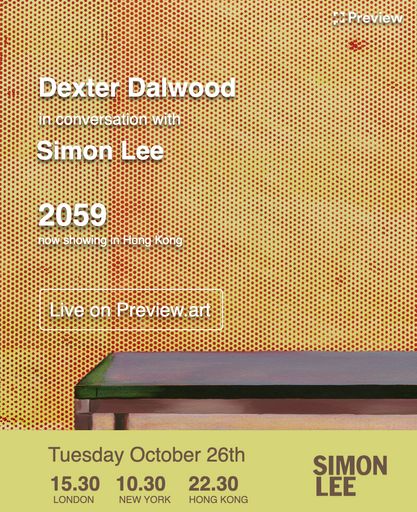-:-- / -:--
-:--
Ernestro Briel, 1943-1992
The Guardian Angel, 1992
Acrylic and oil on canvas
113.0 x 30.5 cm (44.5 x 12.0 in)
more
Made in the last year of Briel’s life, The Guardian Angel shows a stark simplification from his work of the 1980s and is a far cry from his Op art of the 1960s - abandoning geometric complexity and fine ink detail. The straightforwardness of this work is a sign of the artist’s declining health and diminishing energy and the result is deeply moving. This work is made up of twenty-two small pink squares on a brown background, spaced out equally up this long and narrow canvas. The colours are soft and delicate, and the verticality of the canvas gives off the impression that the pink squares are in a kind of heavenly ascension. The title suits this reading and confirms the spirituality in the work, Briel could be referring to his partner, Jesús Selgas, who remained with him throughout his illness, as an expression of love and gratitude. It could also be a pre-emptive vision of the artist’s transition to an afterlife, an affirmation of Briel’s eternal presence within his work.
... read more
Made in the last year of Briel’s life, The Guardian Angel shows a stark simplification from his work of the 1980s and is a far cry from his Op art of the 1960s - abandoning geometric complexity and fine ink detail. The straightforwardness of this work is a sign of the artist’s declining health and diminishing energy and the result is deeply moving. This work is made up of twenty-two small pink squares on a brown background, spaced out equally up this long and narrow canvas. The colours are soft and delicate, and the verticality of the canvas gives off the impression that the pink squares are in a kind of heavenly ascension. The title suits this reading and confirms the spirituality in the work, Briel could be referring to his partner, Jesús Selgas, who remained with him throughout his illness, as an expression of love and gratitude. It could also be a pre-emptive vision of the artist’s transition to an afterlife, an affirmation of Briel’s eternal presence within his work.
... read more










